Pierre-Augustin Caron de Beaumarchais
出生 : 1732-01-25, Paris, France
死亡 : 1799-05-19

Writer
Inspired by Beaumarchais' comedy, Rossini retains all the passion to create this bubbling opera buffa. A native of Venice, the cradle of the commedia dell’arte, Damiano Michieletto is sensitive to the burlesque vein of Rossinian music. He transposes the action of this "unnecessary precaution" into a contemporary Seville inspired by the cinema of Almodóvar. Bartolo’s monumental building, in which Figaro swirls in free electron, allows the director to give free rein to his crazy imagination.

Original Story
A youthful cast brings Rossini’s immortal comedy to sparkling life, led by Christopher Maltman as Figaro, the resourceful barber and man-about-town of the title. The lovely Isabel Leonard is Rosina, the clever young woman at the center of the story, and Lawrence Brownlee sings Count Almaviva, the man who loves her and—with Figaro’s help—rescues her from the house of her elderly and smitten guardian, Bartolo, played by Maurizio Muraro. Paata Burchuladze is the bumbling music master Basilio, and rising conductor and bel canto specialist Michele Mariotti leads the Met’s musical forces in Bartlett Sher’s lively production.
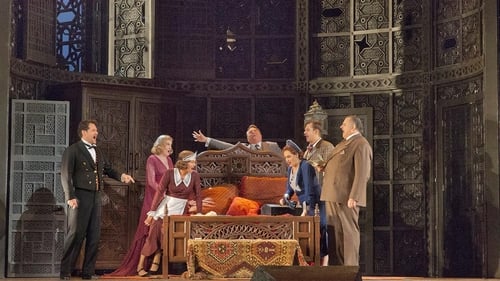
Original Story
Richard Eyre’s elegant production, which opened the Met’s 2014–15 season, sets the action of Mozart’s timeless social comedy in a manor house in 1930s Seville. Ildar Abdrazakov leads the cast as the resourceful Figaro set on outwitting his master, the philandering Count Almaviva, played by Peter Mattei. Marlis Petersen sings Susanna, the object of the Count’s affection and Figaro’s bride-to-be, Amanda Majeski is the Countess, and Isabel Leonard gives a standout performance as the pageboy Cherubino. Music Director James Levine on the podium brings out all the humor, drama, and humanity of Mozart’s score.

Original Story
Live performance at Teatro Regio di Parma, April 15-26, 2011.

Original Story
23-year-old Gioachino Rossini completed his masterpiece IL BARBIERE DI SIVIGLIA incredibly quickly – legend has it in just 13 days – which Rossini attributed to ‘facility and lots of instinct’. The opera, characterized by youthful energy and bold wit, has all the ingredients for comic chaos: an imprisoned young woman, her lecherous guardian and a young noble suitor. Skilfully plotting behind the scenes is Figaro, an irrepressible and inventive character in whom many have seen a resemblance to the young Rossini himself. The score fizzes with musical brilliance, from Figaro’s famous entrance aria to the frenzy of the Act I finale. This recording sees Joyce DiDonato (Rosina) bring literal meaning to the old theatrical motto Break a leg! She did just that in an earlier show but was determined to finish her commitment and was re-staged into the production to allow for the additional challenges that come when a leading lady in a lively physical role must wheel around the other performers...
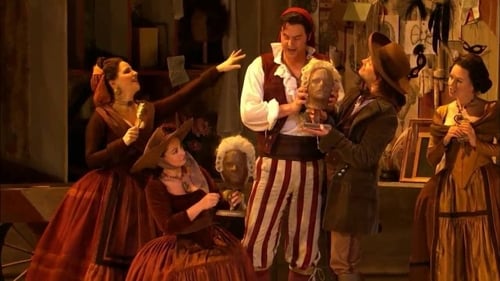
Original Story
Audiences went wild for Bartlett Sher’s dynamic production, which found fresh and surprising ways to bring Rossini’s effervescent comedy closer to them than ever before. The stellar cast leapt to the challenge with irresistible energy and bravura vocalism. Juan Diego Flórez is Count Almaviva, who fires off showstopping coloratura as he woos Joyce DiDonato’s spirited Rosina—with assistance from Peter Mattei as the one and only Figaro, Seville’s beloved barber and man-about-town.
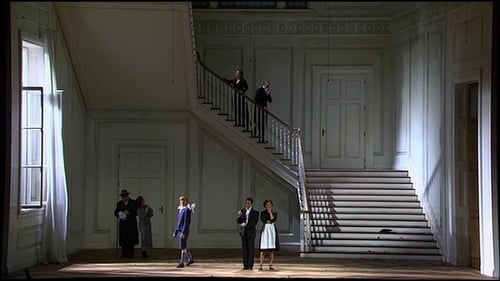
Original Story
This release contains the celebrated 2006 production of Mozart's Nozze di Figaro that was directed for the stage by Claus Guth at that year's Salzburg Festival. Ildebrando D'Arcangelo takes the title role, and gets support from Anna Netrebko as Sussanna, Bo Skovhus as Il Conte Di Almaviva, and Dorothea Roschmann as La Contessa. Nikolaus Harnoncourt conducts the orchestra.

Original Story

Original Story

Writer

Original Story
Live from Glyndebourne 1994. The first production to be filmed Live in Glyndebourne´s new opera house May 1994. The Marriage of Figaro is a continuation of the plot of The Barber of Seville several years later, and recounts a single “day of madness” in the palace of the Count Almaviva near Seville, Spain. Rosina is now the Countess; Dr. Bartolo is seeking revenge against Figaro for thwarting his plans to marry Rosina himself; and Count Almaviva has degenerated from the romantic youth of Barber into a scheming, bullying, skirt-chasing baritone. This follows the Count trying to obtain favours from Susanna, Figaro’s bride to be, under the nose of the Countess.

Original Story
For his first opera production, Dario Fo, the theatre director known for his brilliant wit, chose to stage Rossini's Il Barbiere di Siviglia sung in Italian for the Netherlands Opera. First mounted in 1987, it was a huge success and a live recording of its revival in May 1992, the 200th anniversary of Rossini's birth, has been made. Fo has said that Rossini is the musician of eating and love. He composes music rich in herbs and aromas, in which you find olives, tomatoes, fish, grapes, roses and rosemary, sheets and tablecloths, dry wine and the laughter of girls. His Barber is a joyful carnival. During the overture he fills the stage with carnival revelers and immediately the commedia dell' arte origins of opera buffa are restored. Visual theatrics abound, never at the expense of the music, but highlighting it, engaging the eye as well as the ear. Fo addresses the heart more than the intellect and Rossini's comedy comes up dazzling and vital.

Original Story
Live performance from Schwetzinger Festspiele, 1988. What sets this IL BARBIERE DI SIVIGLIA apart from all others available is its elegant realism. None of its visuals are the least bit cartoonish or blatantly designed for comedy. Dr. Bartolo’s house is a stark, stern-looking structure of plastered brick with a comfortable yet plain, white-curtained interior, while the costumes are highly realistic 18th century garb in subdued colors. Yet despite its fairly austere appearance the production is delightful, thanks to its performers and staging. The stage business is lively, witty and free of excessive slapstick, and every singer brings his or her character to life, all offering rich, vibrant characterizations that strike a perfect balance between comedy and humanity.

Original Story
Live from Glyndebourne 1981
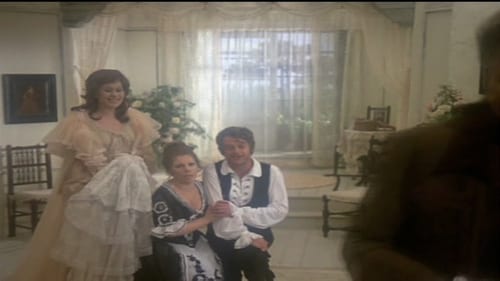
Original Story
Mozart's Marriage of Figaro is a comedy whose dark undertones explore the blurred boundaries between dying feudalism and emerging Enlightenment. Herman Prey's Figaro is admirably sung in a firm baritone and aptly characterized. So too, is his antagonist, Dietrich Fischer-Dieskau as the Count perpetually frustrated by the scheming wiles of Figaro and Susanna, here the perky Mirella Freni, who sings and acts like a dream. The Countess is creamy-voiced Kiri Te Kanawa, and the Cherubino, Maria Ewing, looks just like the horny, teenaged page she's supposed to be. The all-star leads are complemented by worthy supporting singers, the Vienna Philharmonic at the top of its form, and the experienced Mozartian, Karl Böhm conducting a stylishly fleet performance.

Writer
The servant of Count Almaviva, the jolly and joker Figaro, is going to marry the maid of the Countess Rosina - Susanne. But the count wants to upset the wedding and make the girl his lover.
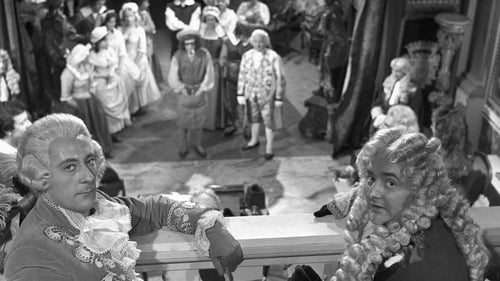
Original Story

Theatre Play

Theatre Play
Cinematic version of Rossini's opera in which Count Almaviva wins the heart of beautiful Rosina with the help of Figaro, the barber of Seville.

Theatre Play
Shot in 1944, finished and released in 1954.

Writer
A crafty barber acts as a go-between for a count in disguise and rescues Rosina from marriage with her guardian. An operatic comedy.

Original Story
A silent adaptation of the 1778 Beaumarchais play The Marriage of Figaro, with material also used from its two sequels.

Theatre Play












